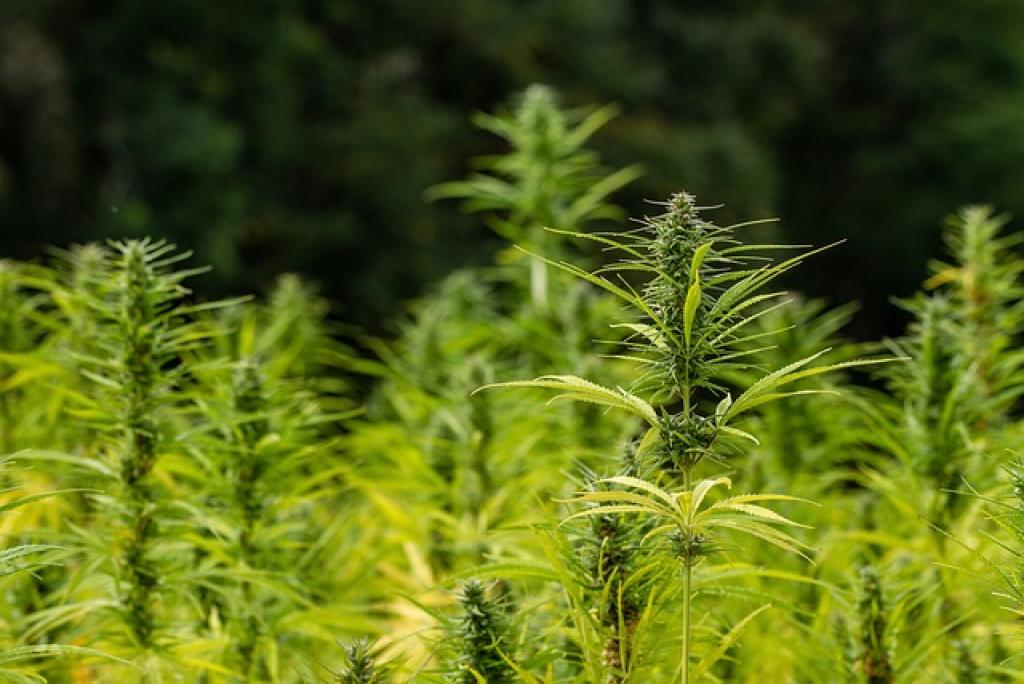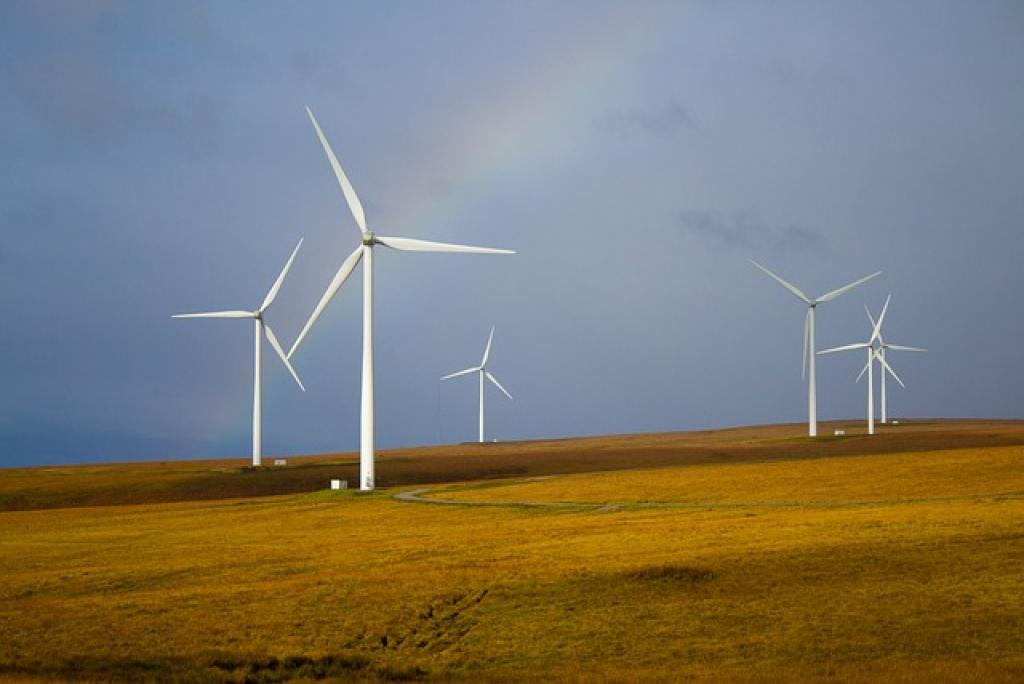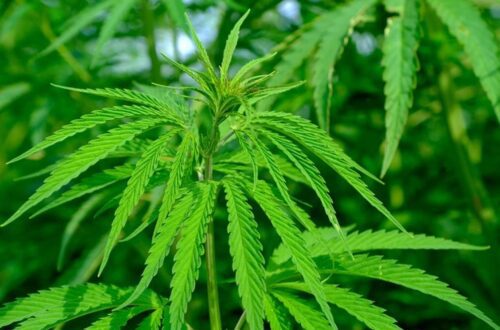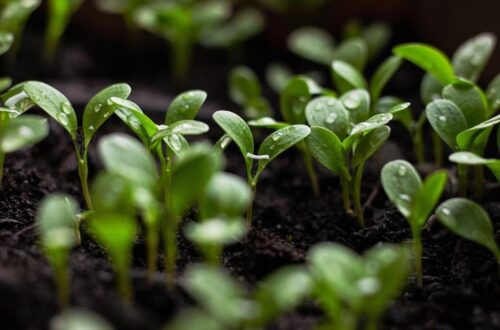Imagine a world where the packaging of our favorite products doesn’t pile up in landfills or float in our oceans. A world where sustainability isn’t just a buzzword but a tangible reality.
Enter hemp—a versatile wonder plant that’s stepping into the spotlight not just for its uses in textiles and health, but as a hero in the quest for sustainable packaging.
By harnessing the natural strength and biodegradability of hemp, we open the door to innovative packaging solutions that are kinder to our planet. This could change everything about the way we protect and carry the things we love, without harming the Earth.
Ready to dive into how this humble plant could revolutionize our approach to packaging? Let’s explore the exciting potential of hemp in creating a greener future.
Harnessing Hemp As an Eco-Friendly Packaging Material
Hemp’s potential as a sustainable packaging material lies in its remarkable properties. This plant grows rapidly with minimal resources, making it an excellent candidate for eco-friendly solutions. Unlike traditional crops, hemp thrives without the need for heavy pesticides or excessive water, reducing its environmental footprint from the start.
But it’s not just about how it grows. Hemp fibers are incredibly strong and durable, capable of creating packaging that can withstand the rigors of transport and handling. This durability doesn’t come at the cost of the planet, either. Hemp is biodegradable, meaning that once its work is done, it can return to the earth without leaving behind harmful residues.
Additionally, using hemp in packaging can help cut down on plastic waste. Many companies are exploring hemp-based alternatives to plastic, moving towards a future where our oceans and landfills aren’t choked with synthetic materials.
As consumers become more eco-conscious, the demand for sustainable packaging is rising. Hemp offers a compelling answer to this demand, combining environmental benefits with practical functionality. By turning to hemp, we can make significant strides towards reducing our impact on the environment, one package at a time.
The Advantages of Hemp Packaging in Reducing Waste
One of the incredible benefits of hemp packaging is its ability to significantly reduce waste. Traditional packaging materials like plastic and styrofoam can take centuries to decompose, clogging landfills and polluting our oceans. Hemp, on the other hand, breaks down much faster, leading to less long-term waste accumulation.
Besides this, hemp packaging can be recycled and composted, offering more options for end-of-life disposal. This versatility means less reliance on landfills and more opportunities for sustainable waste management practices. Imagine your packaging turning into compost that enriches the soil instead of contributing to a garbage pile—that’s the power of hemp.
A Sustainable Lifecycle
The entire lifecycle of hemp packaging is designed with sustainability in mind. From its growth to its eventual breakdown, hemp’s impact on the environment is minimal compared to traditional packaging materials. This holistic approach contributes to a reduction in overall waste and promotes a circular economy.
Businesses adopting hemp packaging can also benefit from a greener image. As consumers prioritize sustainability, companies can set themselves apart by choosing environmentally friendly options. This not only helps the planet but also resonates with eco-conscious customers, driving brand loyalty and satisfaction.
By choosing hemp, we’re stepping away from waste-heavy packaging and moving towards a cleaner, greener future. Each switch to hemp packaging is a stride towards reducing our environmental footprint and closing the loop on waste.
Innovative Applications of Hemp in Sustainable Packaging Solutions
Hemp is not just about eco-friendly basics. It’s paving the way for some really cool and innovative packaging solutions. Take hemp-based bioplastics, for example. These materials offer the durability of conventional plastics but with a much smaller environmental footprint. Imagine using sturdy, reliable packaging that doesn’t harm the planet—that’s the promise of hemp bioplastics.
Another exciting application is hemp paper. While traditional paper production uses trees and heavy chemicals, hemp paper is sustainable and recyclable, requiring fewer resources and generating less pollution. It’s perfect for packaging materials like boxes, bags, and even labels.
Hemp fibers are being used to create textiles for sustainable packaging as well. Think about reusable bags and wraps made from hemp. They’re strong, long-lasting, and can replace single-use plastic bags, reducing the waste that ends up in our environment.
Beyond physical products, companies are even infusing hemp into their branding. The unique texture and aesthetic of hemp materials offer a natural, earthy vibe that customers love. It’s a great way to stand out while promoting sustainability.
From bioplastics to paper and textiles, hemp is revolutionizing sustainable packaging. Embracing these innovative applications not only helps the environment but also showcases a company’s commitment to a greener future.
Exploring the Life Cycle Analysis of Hemp-Based Packaging
One crucial aspect of understanding hemp-based packaging is the life cycle analysis (LCA). This evaluation gives us a comprehensive view of a product’s environmental impact from start to finish. When it comes to hemp, the results are pretty impressive.
Sustainable Growth
Firstly, hemp is a fast-growing plant that requires minimal pesticides and herbicides. It thrives in various climates and conditions, making it a sustainable choice from the get-go. Its deep roots also help to improve soil health, which is an added environmental benefit.
Efficient Production
The process of turning hemp into packaging material is efficient and environmentally friendly. Hemp fibers are strong and versatile, requiring fewer chemicals and less energy to process compared to traditional materials. This efficiency minimizes the carbon footprint during production.
Durable in Use
Hemp-based packaging holds up well in diverse conditions, thanks to its durable nature. This ensures that products remain protected and secure, reducing the likelihood of damage and waste during transportation and storage.
End-of-Life Benefits
At the end of its life cycle, hemp packaging shines again. It’s biodegradable and compostable, meaning it can break down naturally without leaving harmful residues. This final stage is a win for reducing landfill waste and promoting a circular economy.

Implementing Hemp Packaging to Minimize Environmental Impact
Switching to hemp-based packaging can have a massive positive impact on the environment. Let’s explore some practical steps and considerations for making this transition smoother and more effective.
Start Small, Think Big
Begin by introducing hemp packaging for a select range of products. This allows you to gauge consumer response and address any logistical challenges on a smaller scale. As you adjust and improve the process, gradually expand hemp packaging to more of your product lines.
Educate and Engage Consumers
Consumers are increasingly eco-conscious and eager to support sustainable brands. Make sure to educate your audience about the benefits of hemp packaging. Use your social media platforms, newsletters, and product labels to highlight your commitment to reducing environmental impact.
Collaborate with Suppliers
Work closely with suppliers specializing in hemp packaging. Their expertise can help you navigate the nuances of hemp materials, ensuring that you get the best quality and sustainability. Building strong relationships with suppliers can also lead to cost savings and better service.
Measure Impact
Track and measure the environmental impact of switching to hemp packaging. This could include metrics like reduction in carbon footprint, decrease in waste, or improved recyclability. Sharing these metrics with your consumers builds transparency and trust.
Innovate and Diversify
The possibilities with hemp packaging are vast. Experiment with different forms of hemp packaging – from boxes to biodegradable bags. Innovation can set your brand apart and showcase your leadership in sustainability.
Implementing hemp packaging aligns with a broader commitment to environmental stewardship. By taking thoughtful, strategic steps, you can successfully minimize your environmental impact while boosting your brand’s eco-friendly reputation.
How Hemp Aligns with the Shift Towards Sustainable Practices
Hemp is more than just a buzzword; it represents a significant move towards sustainable practices. Here’s how hemp stands out in the green revolution.
Hemp Requires Less Water
Traditional crops often guzzle water, contributing to resource depletion. Hemp, on the other hand, requires significantly less water, making it an eco-friendly alternative. By choosing hemp, you’re supporting water conservation efforts.
Rapid Growth and High Yield
Hemp grows at an astonishing rate and produces a high yield. This means more raw material available in less time and space. This rapid turnover is crucial for meeting demand without overtaxing the land.
Natural Pest Resistance
Hemp is naturally resistant to many pests, reducing the need for harmful pesticides. Fewer chemicals mean a cleaner process from start to finish. This is a big win for the environment and for consumers wary of chemical residues in their products.
Biodegradable and Recyclable
Hemp packaging is both biodegradable and recyclable. Unlike plastic, which can linger for hundreds of years, hemp decomposes naturally. This results in less waste in our oceans and landfills, contributing to a healthier planet.
Carbon Sequestration
Hemp has an incredible ability to absorb CO2 from the atmosphere. Through the process of carbon sequestration, hemp actively cleans the air while it grows. This unique trait places hemp at the forefront of climate-positive crops.
As industries strive for sustainable solutions, hemp stands out as a versatile, eco-friendly option. Integrating hemp into packaging and other products aligns perfectly with the global shift towards more responsible and sustainable practices. By embracing hemp, we take meaningful steps towards a greener future.
The Bottom Line: Embracing Hemp for a Greener Future
Hemp isn’t just a trend—it’s a transformative solution for sustainability challenges. By choosing hemp, we can reduce our environmental footprint in significant ways. Whether it’s through water conservation, natural pest resistance, or carbon sequestration, hemp shows us the path to a more sustainable future.
In addition to these benefits, hemp’s biodegradability and recyclability make it a standout alternative to traditional, wasteful materials. Imagine a world with less plastic in our oceans and fewer chemicals in our soil—all thanks to this remarkable plant.
The shift towards eco-friendly practices is not just a passing phase; it’s a necessary evolution. Industries across the globe recognize this and are increasingly turning to hemp for its versatile applications. From packaging to textiles and even building materials, hemp is proving to be a game-changer.
Furthermore, by embracing hemp, we contribute to the health of our planet. Supporting hemp means supporting a cleaner, greener, and more resilient environment. It stands as a testament to how natural solutions can address modern problems effectively.
To sum it up, the journey towards a greener future is paved with small, sustainable choices. By integrating hemp into our daily lives and industries, we take significant strides toward sustainability. Let’s embrace hemp and champion its benefits for a better, greener world.






